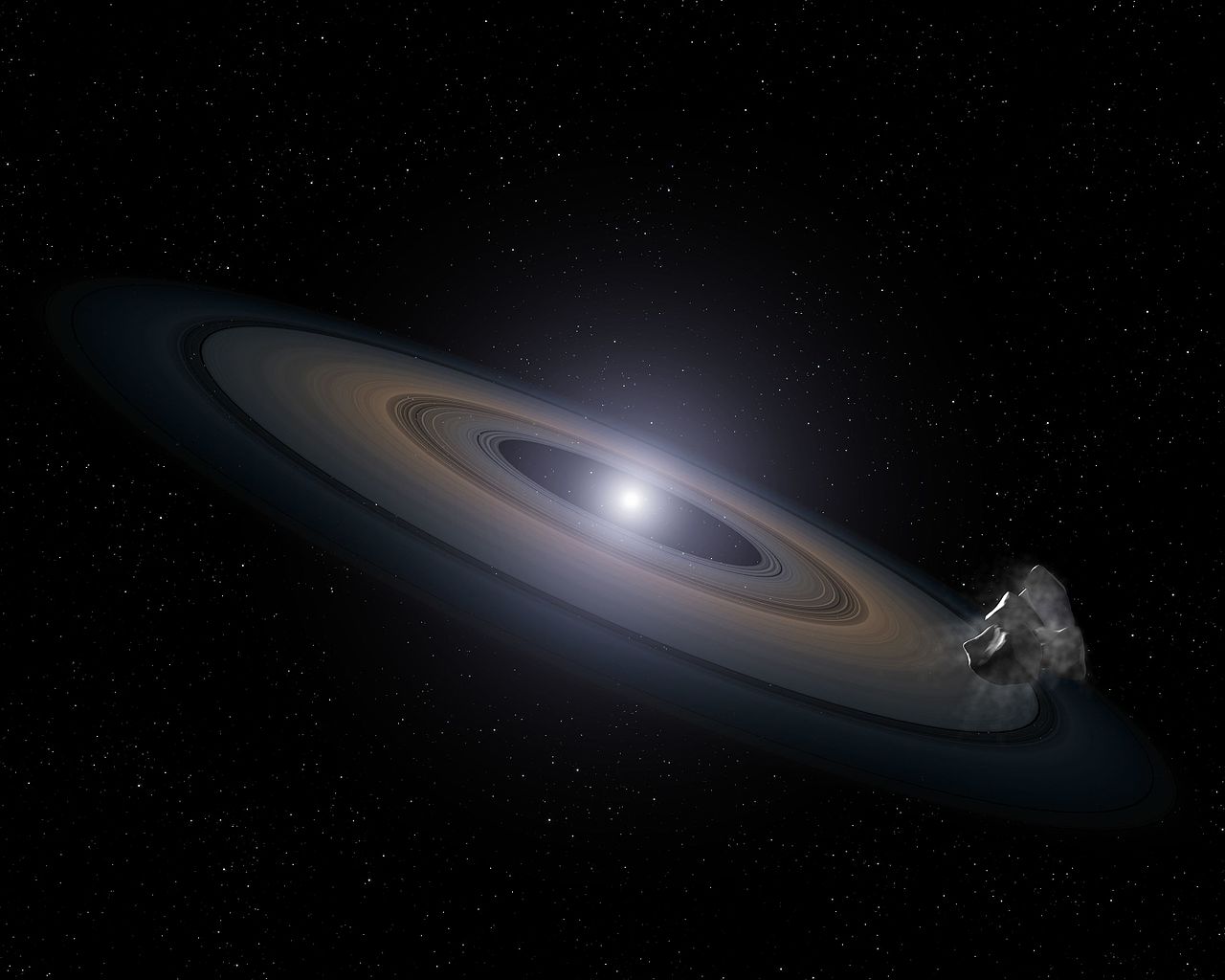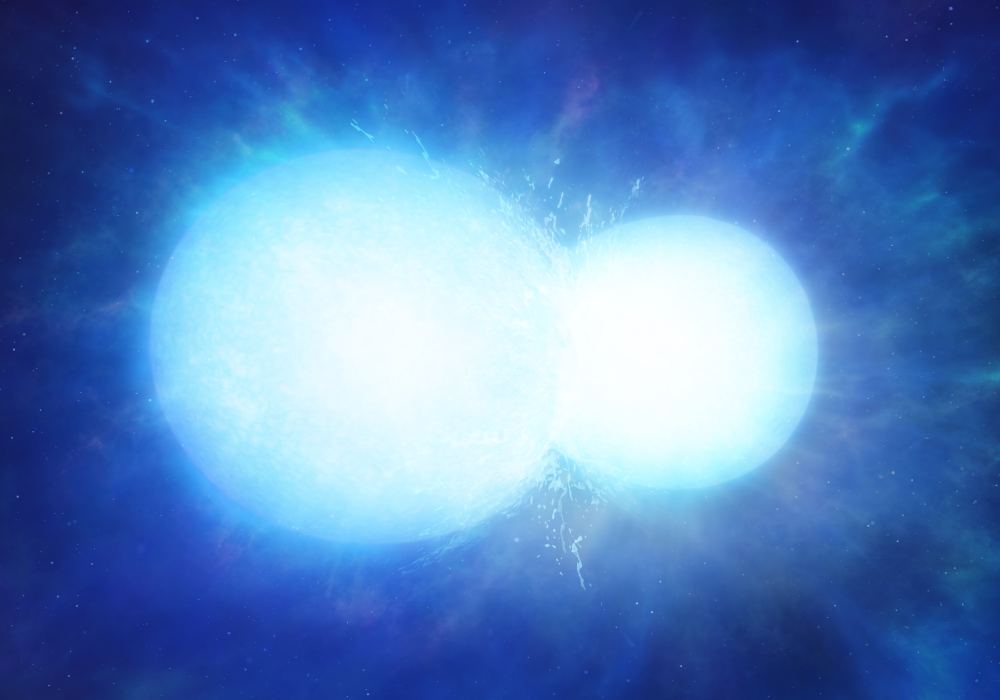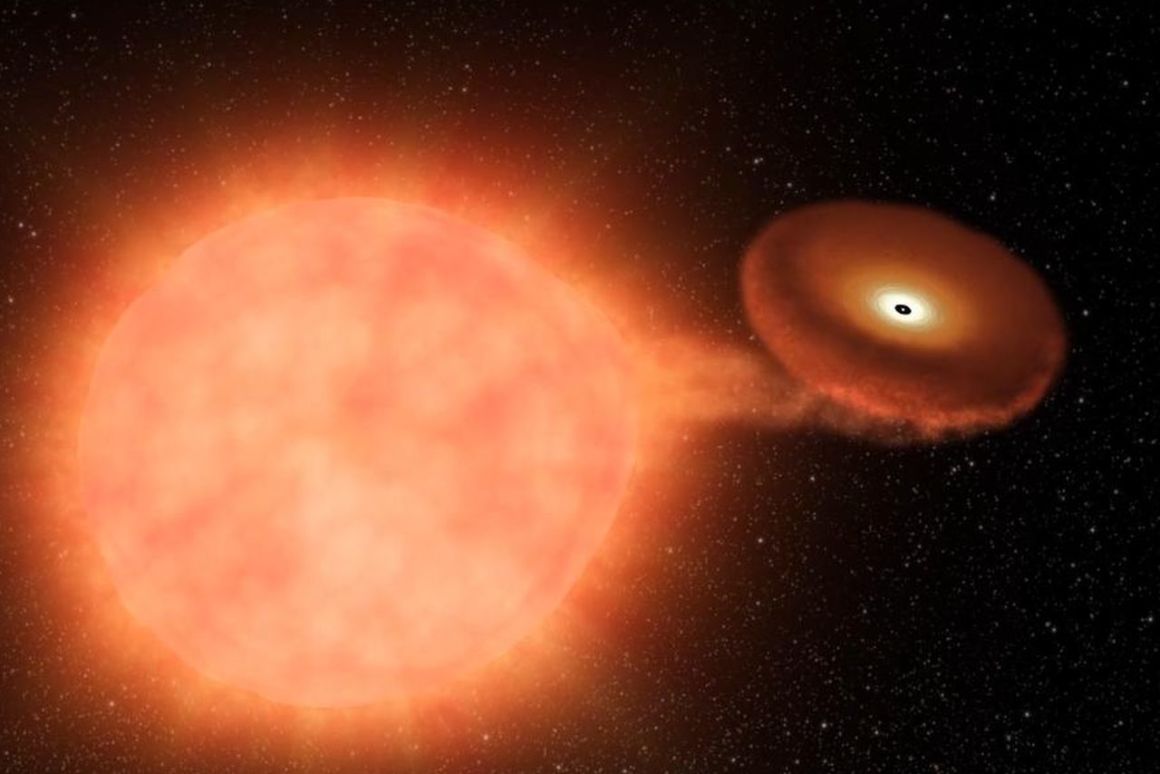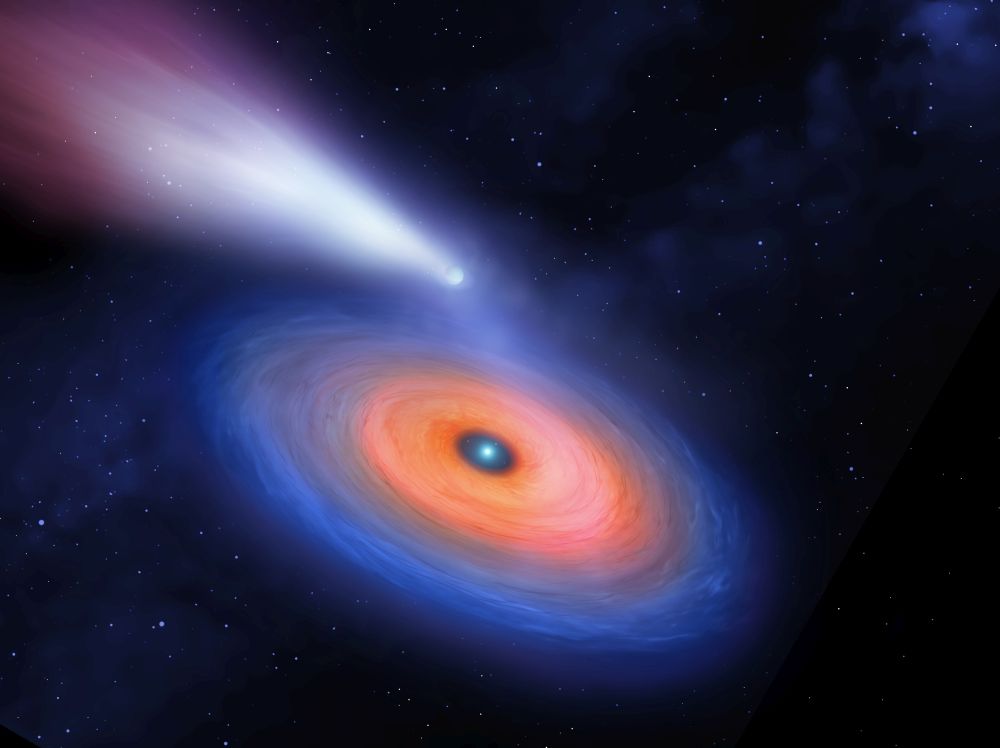Some very powerful telescopes will see first light in the near future. One of them is the long-awaited James Webb Space Telescope (JWST.) One of JWST’s roles—and the role of the other upcoming ‘scopes as well—is to look for biosignatures in the atmospheres of exoplanets. Now a new study is showing that finding those biosignatures on exoplanets that orbit white dwarf stars might give us our best chance to find them.
Continue reading “Rocky Planets Orbiting White Dwarf Stars Could be the Perfect Places to Search for Life”Rocky Planets Orbiting White Dwarf Stars Could be the Perfect Places to Search for Life





